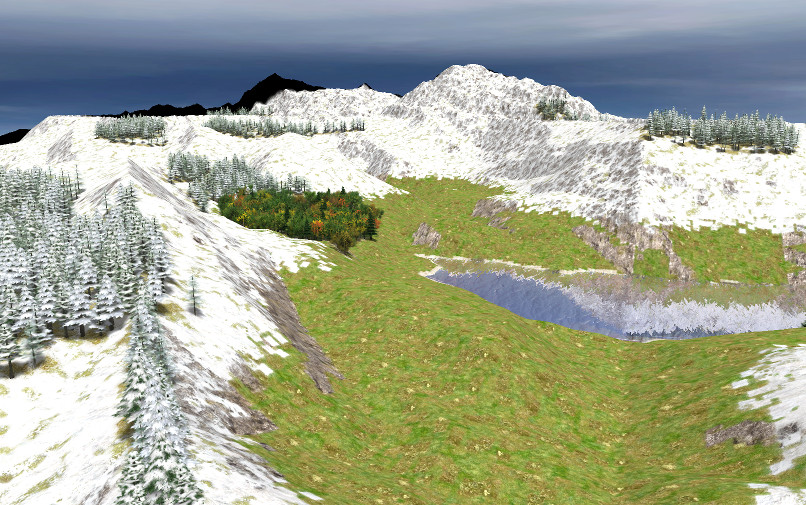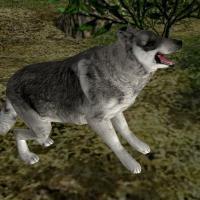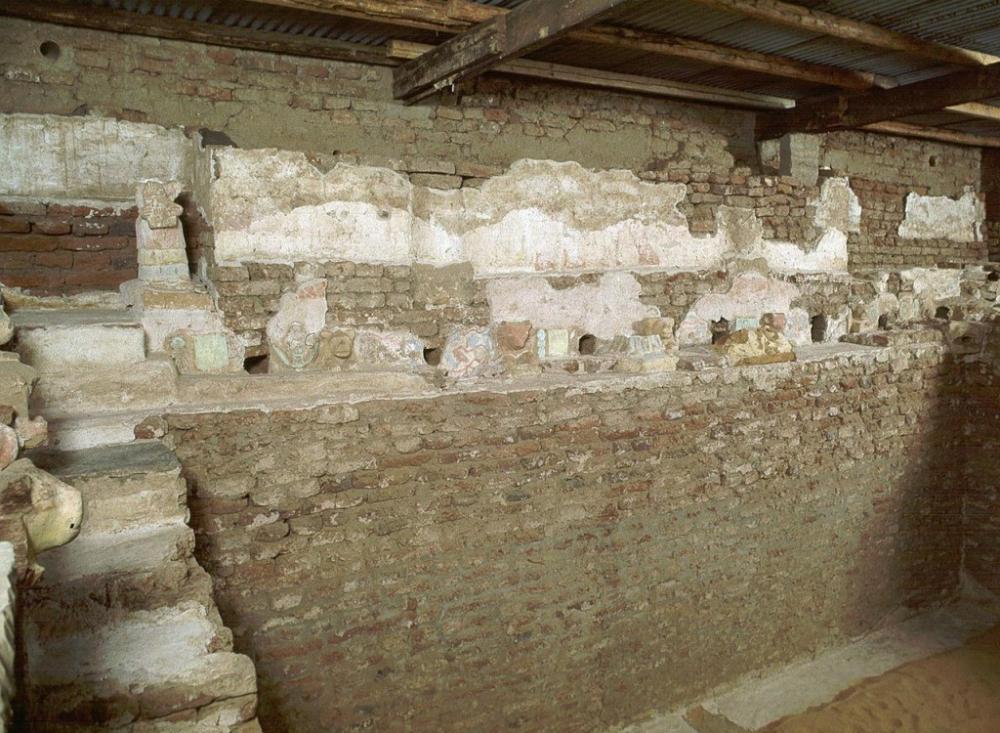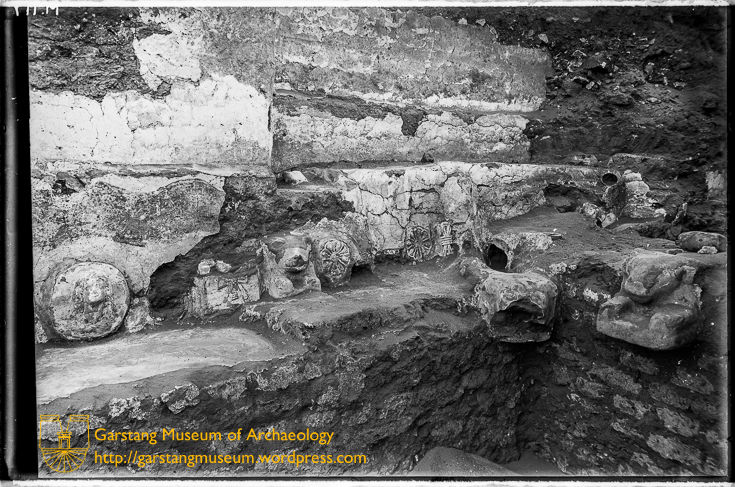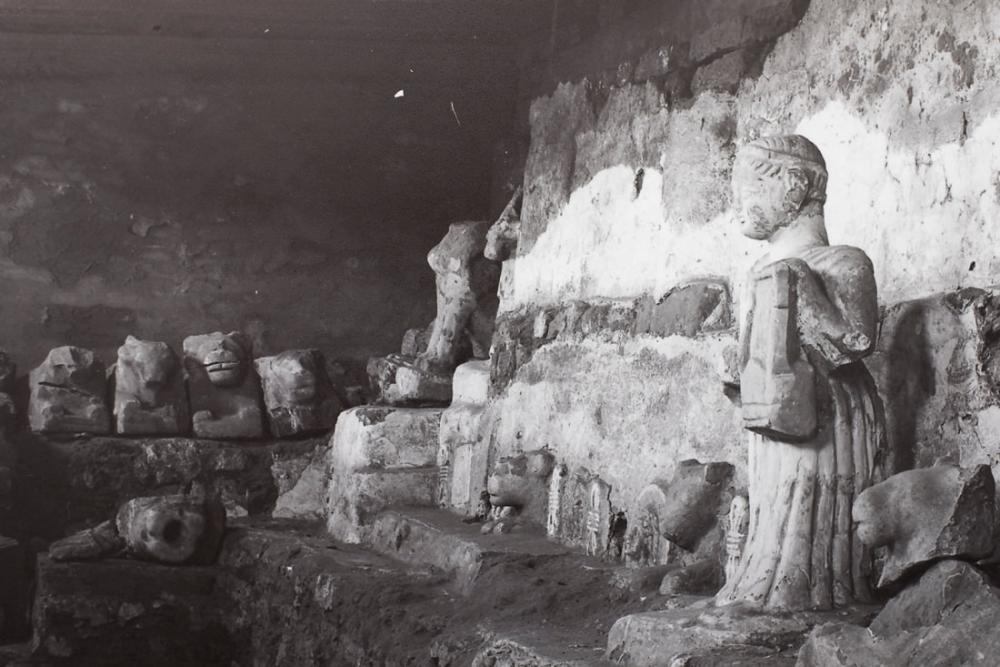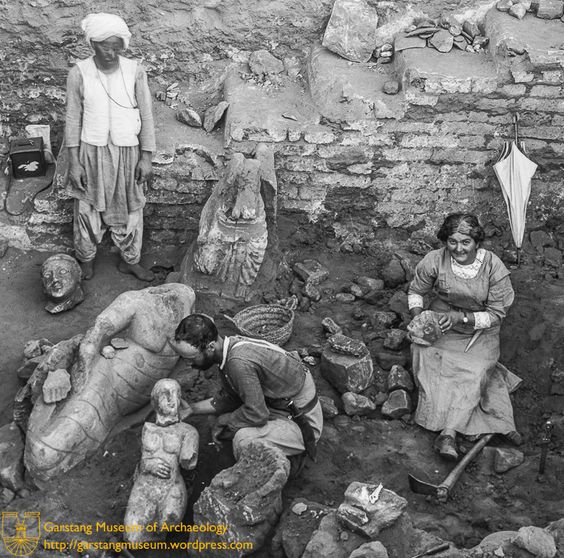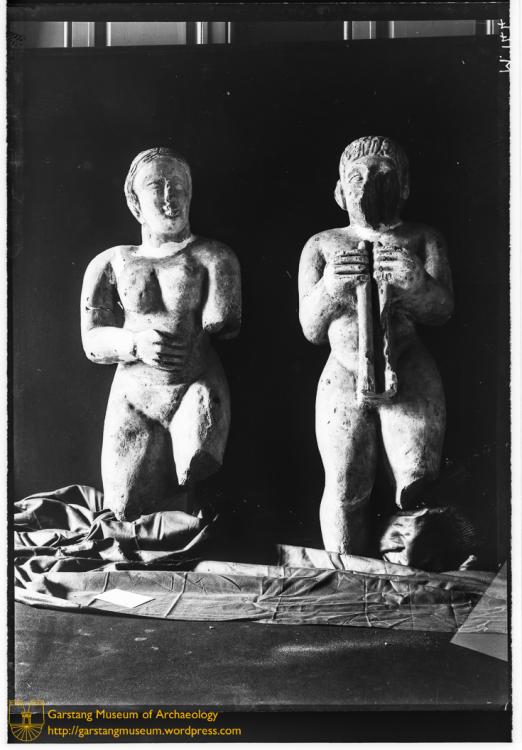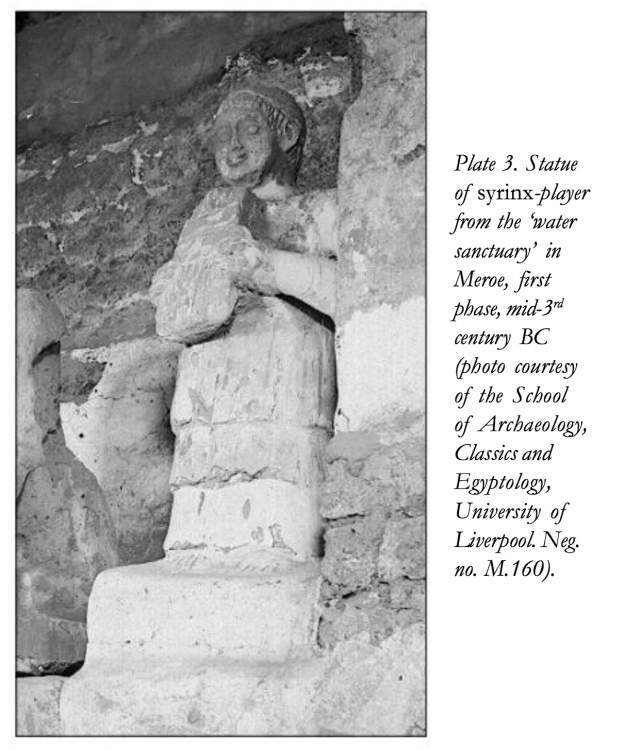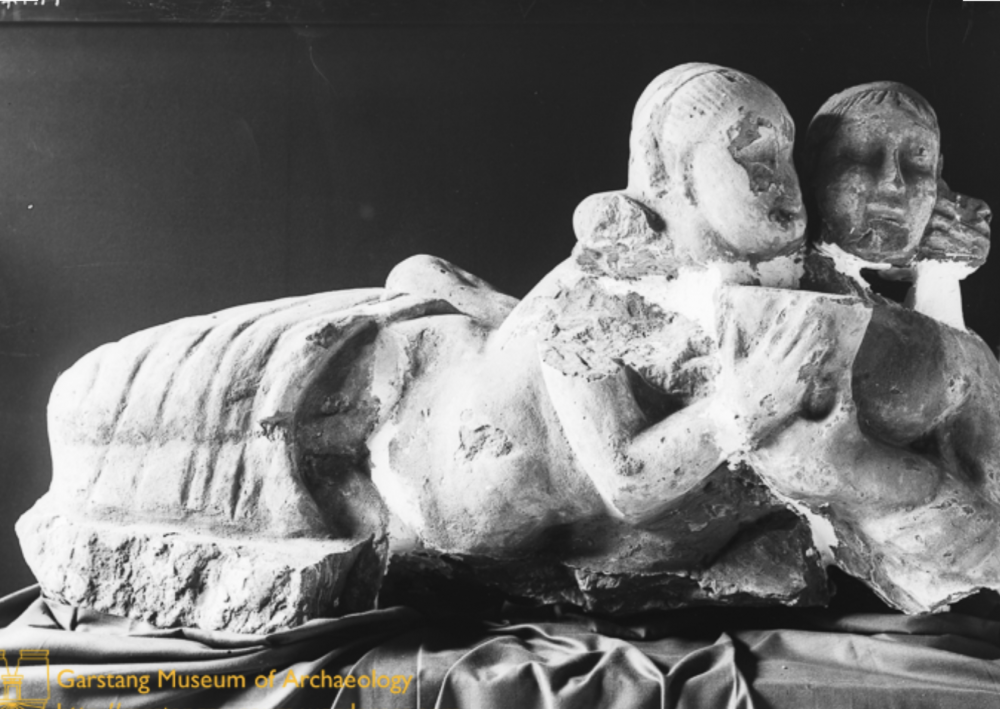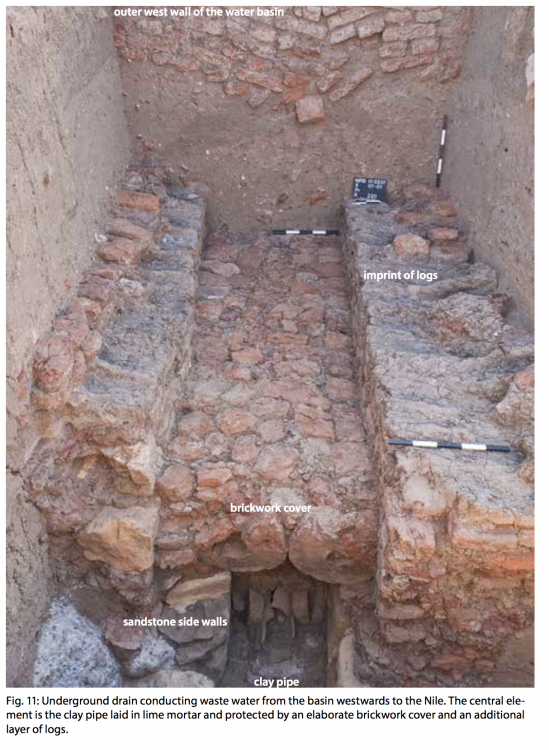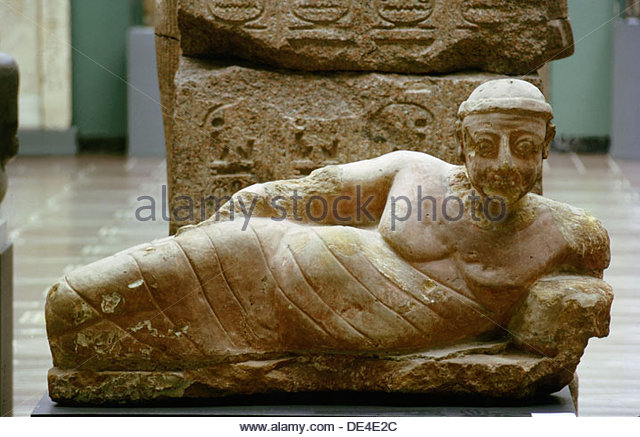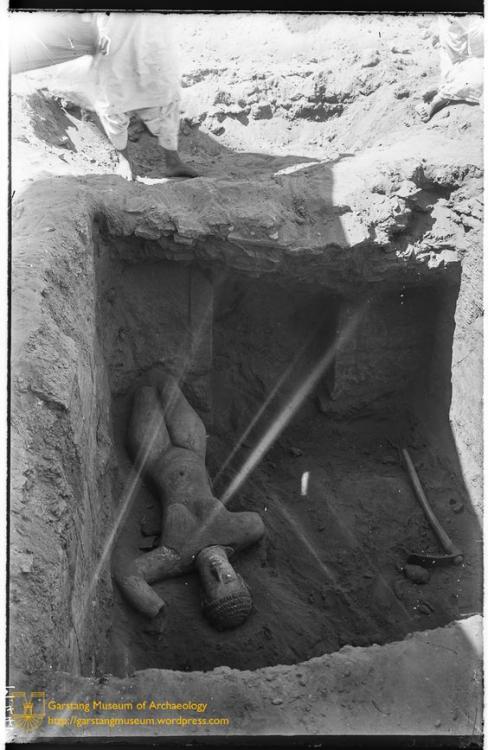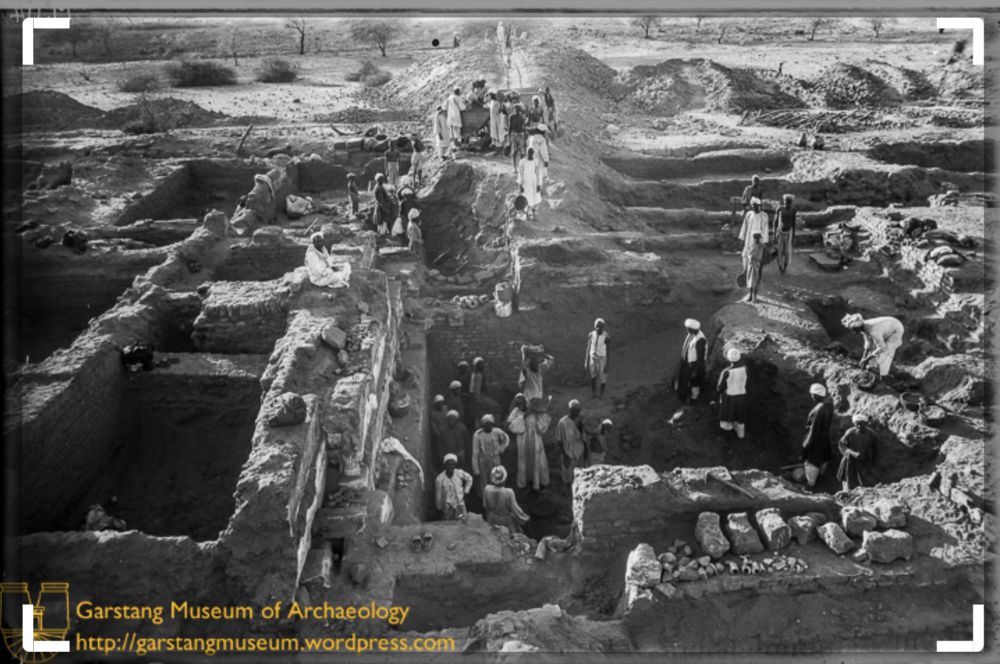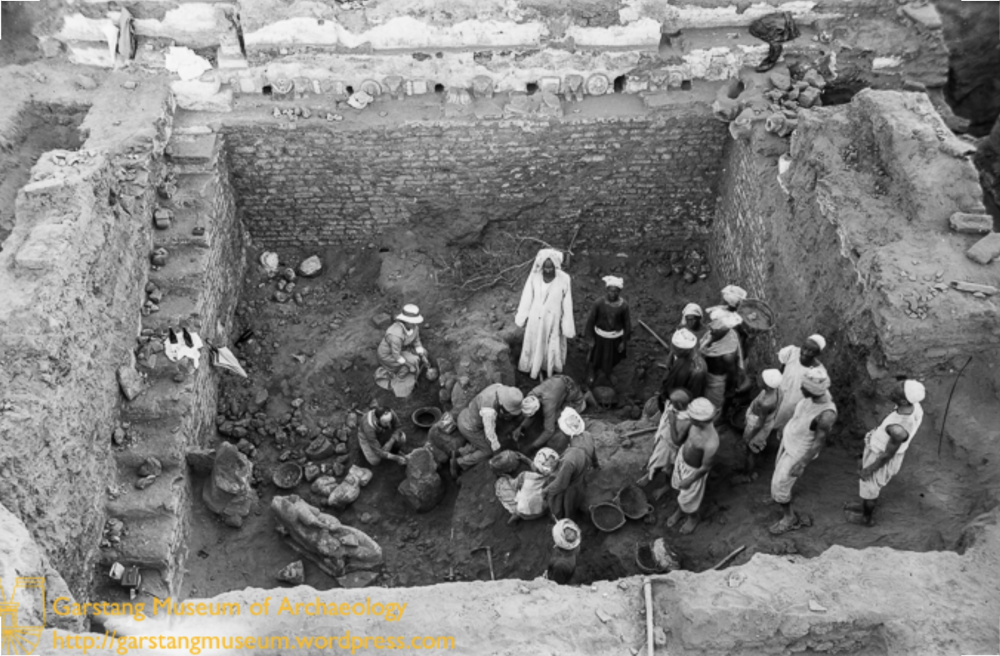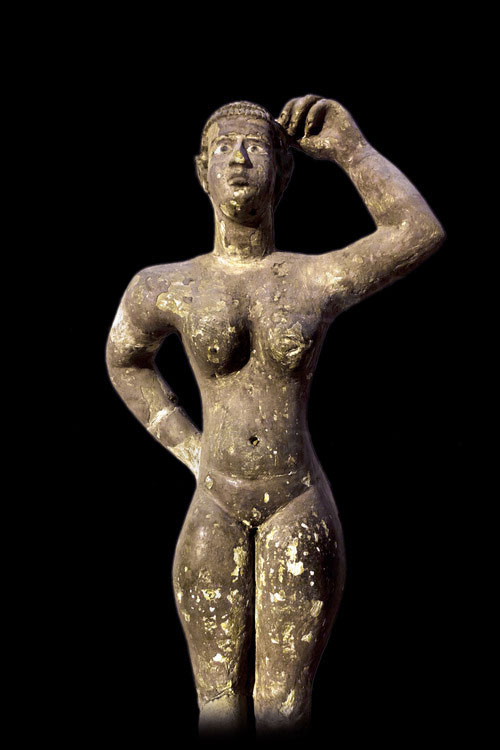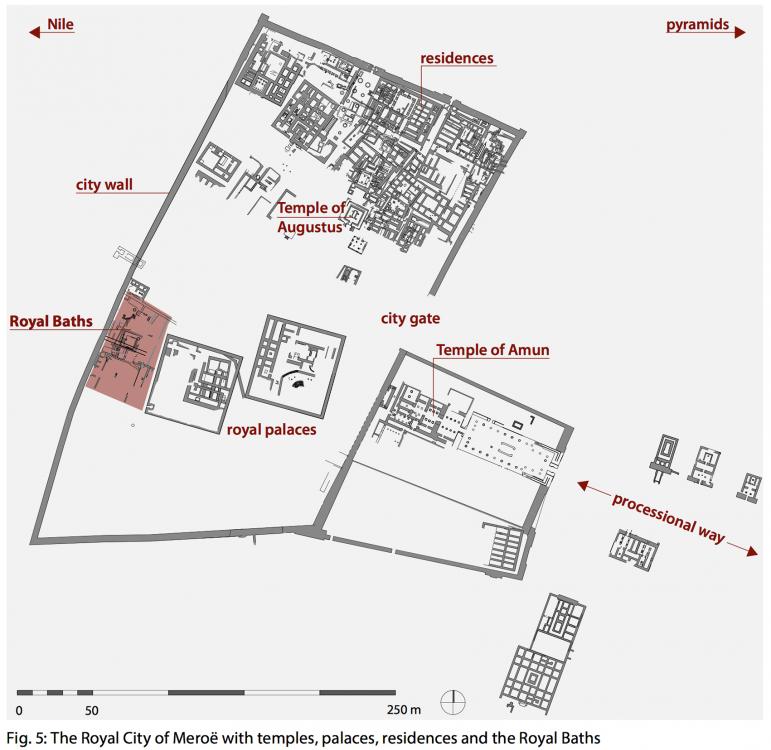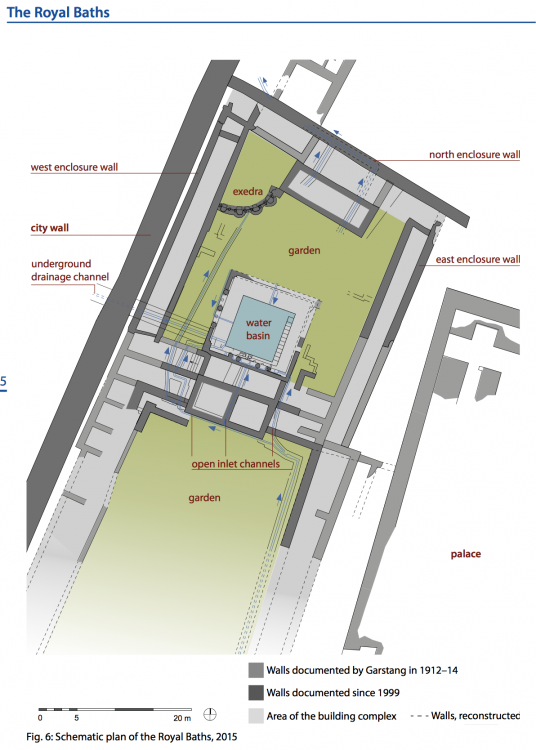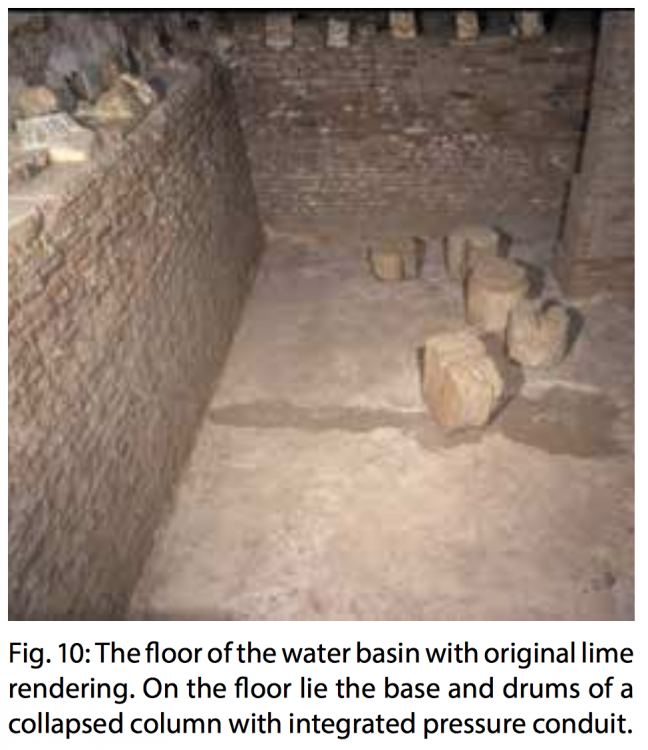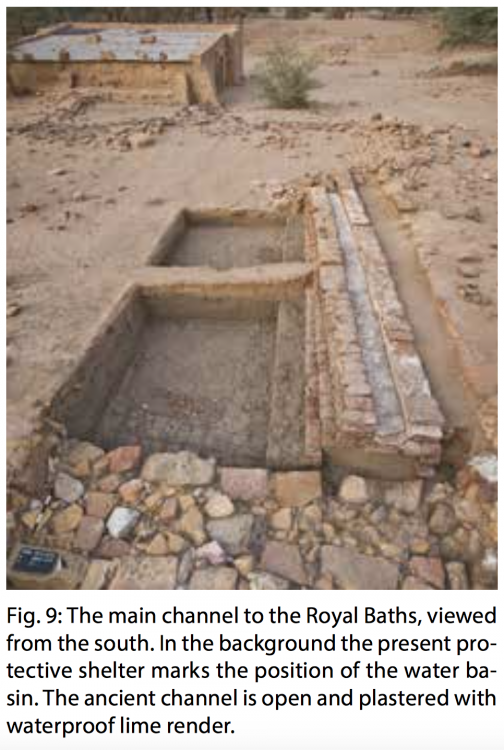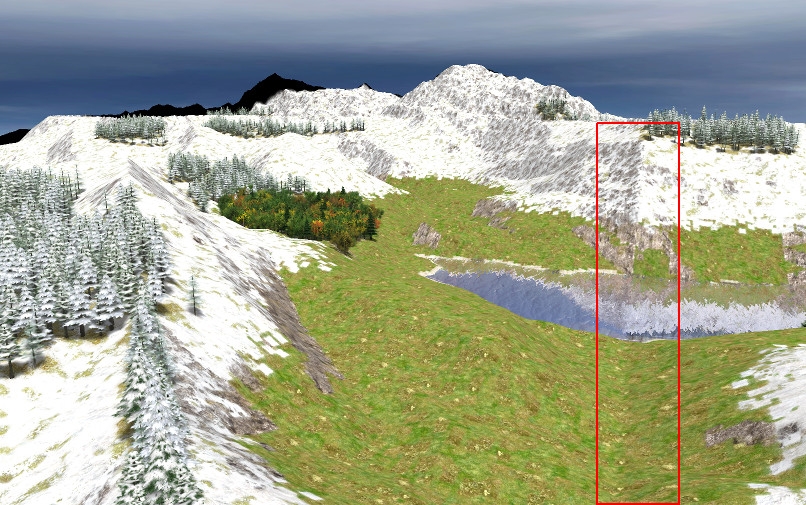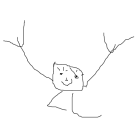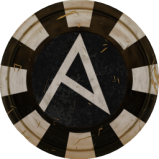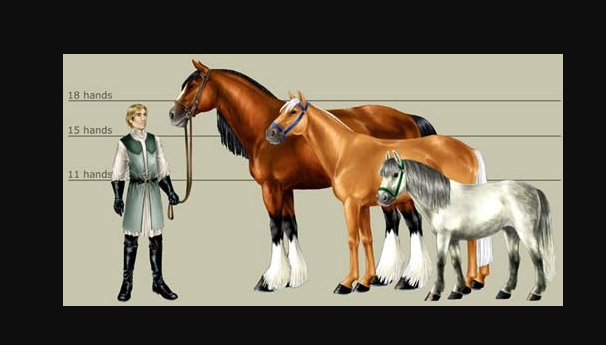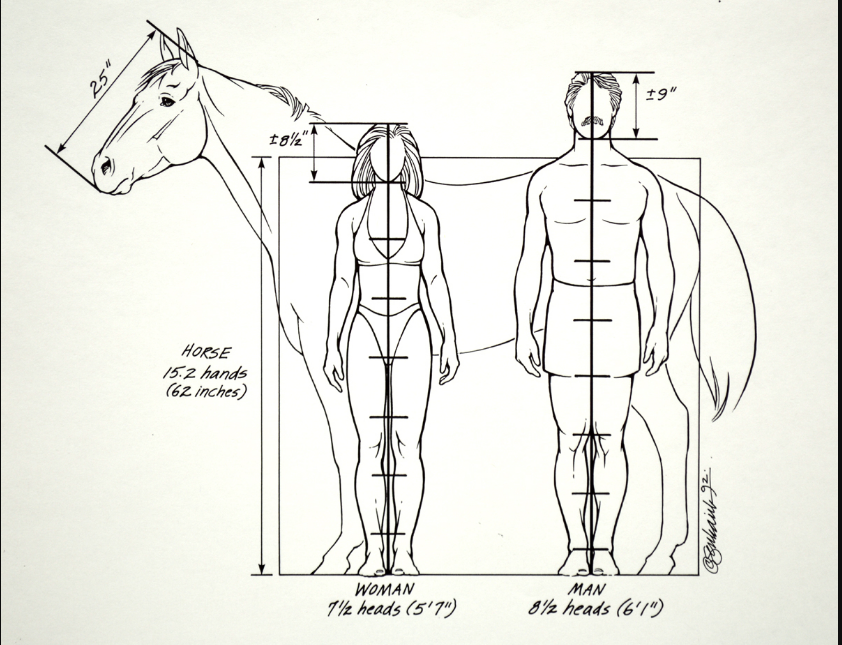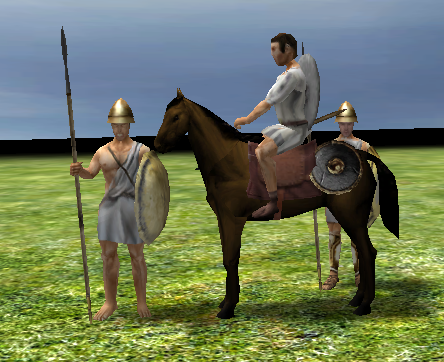Leaderboard
Popular Content
Showing content with the highest reputation on 2017-09-09 in all areas
-
My ideas, if they are useful for boarding and capturing: -Ranged units adds ranged firepower -Melee units adds "capturing power" rate. When a ships is damaged, units inside also get damage and die (or the transport capacity is reduced, forcing to exit the unit, and die if it's in the middle of the sea). Captured units in the ship die automatically when the ship it's captured. Damaged ships are easier to capture. Siege ships should have a powerful attack, but very vulnerable to boarding (reduced transport capacity) cause most civs don't have them. I'm a favour to training units in the ships, but with a "Marine" class: limited in numbers, and can't build or work. Cause then you can just send ship and colonise. Isn't better to make the colonizers and careful move them and risking them to other places? Colonize then would be very easy if you can train them in the ships.3 points
-
Hi there ! Since winter is coming, it's time to deliver a new tour: Snow is of course the most prominent feature. It is disabled in savanna landscapes because there's no snowy baobab in the game for now (cruel lack !). Now, the maps conform much better to the various ratios settings (water, mountains, snow). It's done using a height histogram. So the tour no more produces empty seas or inaccessible mesas as before. I think I'll work on actors and structures placement now but there is still a point which puzzles me. As everyone can see on the picture, transitions between snow and grass are ugly. I think I read somewhere it's possible to improve that, and if someone could point me to the trick, it would be great. Thanks for you interest and support... BTW, how much time left before feature freeze ? One week ? aNewTour.zip3 points
-
IMHO, it comes much more from the algorithm working with squares. If you try with tRough = 0.5 and tProgress = 0 (this is the plain fractal algorithm where the noise factor is exactly scaled to the edge size), you'll find those squares are still there. They are very efficiently hidden by a high noise factor of course, but the drawback is the terrain becomes hard to use for players. That's why I introduced the tProgress parameter to choke the noise factor when coming to details and smooth them. Now, your solutions: are certainly efficient, but I wonder if they're really needed. I created some hundred maps with the tour, and I would say less than five of them exhibit an obvious issue like the one we're discussing, only visible from particular point of views. I leave the point to discussion. Friendly,2 points
-
Some thoughts on ships: I think ships should be treated more like naval buildings rather than naval units. In other words, they should be more rare, not interfere with regular unit training by having build limits instead of using population, they should train units, and they should be able to be captured. I think that would result in ships better supporting land battles and in more fun and manageable naval battles. Build limits rather than population (Featured in AoE3) It's annoying to build up an army only to have to delete units in order to build ships to reach the enemy. The computer player isn't too good at this. If you attack the computer player and manage to destroy the enemy ships while keeping the computer busy training troops, then the AI player won't have the population room to train any boats. On the other hand, if you let the computer player build unlimited ships, it will often build so many that the land population is handicapped. This excess of ships more often than not will get clumped up and the AI will block itself it in. This prevents naval trading with allies and traps the ships near the dock that have the units the AI wanted to use in an attack. Training units (Featured in AoE3) I think we might already do this to a limited degree, but I think it might be nice to expand it. This prevents shuffling as many units back and forth. This is particularly valuable during exploration as you wouldn't have a smaller and smaller force as you left units behind to build on each island. The reinforcements provided at a battle would help with offensive attacks as attacking over water gives the defender enormous advantages. It wouldn't be too powerful, since there would be build limits on the ships. There wouldn't be enough ships to train large armies, but just enough to keep an attack going. Units trained from ships should have a longer train time than ones trained at buildings. Capturing The current arrow attack would remain, but an additional capture attack (accessed by holding CTRL) would be available that only works on other ships. It would move your ship next to the other ship (like load/unload) and your boat would attempt to capture the other ship. The other ship could fight, attempt to capture you, or flee. If the other ship tried to flee, you would have to trap the ship in order to try to convert. Once a ship is converted, the units inside convert too. (Heroes would be an exception. The hero would be removed and the original player could ransom the hero. (Basically, just repurchased as if the hero had been killed.) A tech like heresy in AoK could be researched to prevent conversion of units, but the ships themselves could still be captured. Garrisoning units would affect capturing in the same ways is it does for buildings currently. Unmanned ships would be especially vulnerable to conversion, while fully manned ships would be nearly impossible to capture unless the ship was heavily damaged.1 point
-
1 point
-
Indeed, lol. Probably don't speak English. In the forum of them is forbidden share these videos.1 point
-
Several of my civs will be using metal to construct their buildings, but otherwise it won't be used by many of the factions in my game. Many civs will have similar resources (Food for example is used by almost all of them), but one of the goals of my mod is to have civilizations with radically different resources and methods of collecting said resources. By the end of the mod there will probably be about 10 unique resources split across several civs, so I'll definitely need to have it so only 4 resources are displayed on the UI at a time.1 point
-
0abc updated each rank (0 to 12) has a new chevron icon to distinguish them individually corrals, docks, farmsteads, markets, rotary mills, storehouses have to be placed at distances of 20 m from economic buildings, to prevent players from building “storehouse walls”; because distances are calculated from the centre, markets can still be directly adjacent; small buildings leave just enough room for a small unit to walk in between them barracks, blacksmiths, cavalry stables, elephant stables, and embassies have to be placed at distances of 30 m from military buildings; because they're typically large and distance is calculated from the centre, this leaves enough room for units to move in between reduced cavalry speed new team bonuses: brit: allied units cost -4% metal mace: allied units cost -4% wood ptol: allied units cost -4% food several other minor changes1 point
-
1 point
-
The icons at the end are the same ones we use for the end screen of the trailers, so I assume they are fine. --Brynn1 point
-
The Kingdom of Kush: The Royal Baths of Meroe Between 1909 and 1914, John Garstang of the University of Liverpool conducted some of the earliest large scale excavations at Meroe. Among the many structures that were excavated, were the so-called Royal Baths, in the Royal City. I will quote several passages from a very informative PDF on the subject: In Meroë, the capital of the Kingdom of Kush in the middle Nile valley, an extraordinary hydraulic facility was built directly next to the royal palaces: the so-called Royal Baths. Dating from around the turn of the first millennium, the complex of buildings is an outstanding example of cultural transfer between the African kingdom and the Hellenistic-Roman cultures of the Mediterranean. The central feature of the complex is a large basin with an elaborately decorated wall. The water entered the basin through several pipe openings in this wall, cascading down against a backdrop of sculpted figures, green-blue shimmering faience and colourful wall paintings. ... The architectural design of the Royal Baths (Fig. 6) has no known parallel in the Kingdom of Kush. The centrepiece of the 30 m x 50 m complex is the virtually square water basin with an area of 7 m x 7 m and a depth of 2.4 m (Fig. 1). Shallow steps lead down into the basin (Fig. 7). It was surrounded on three sides by an ambulatory flanked by columns. On the fourth, south-facing side is the water inlet system concealed by a tall decorated wall. A few metres to the north of it an exedra was built with four ceremonial chairs arranged in a quarter-circle (Fig. 8). The basin and the exedra, the principal elements of the complex, were surrounded by a garden. There is evidence that this levelled area was flooded with fertile river mud and that plant pits were dug regularly around the basin. The garden was enclosed by corridors and adjoining rooms. Water was conducted to the basin from the south via open channels. Narrow, surface channels also ran through the garden to the exedra and to the edges of the basin. The point of origin and hence the source of the water for the supply system is still unclear. It can be assumed, however, that a device existed to lift water to the necessary height above the groundwater table or the level of the Nile. The principal supply of water to the basin was ensured, from the south, by a burnt-brick construction with an open water channel (Fig. 9). The channel is plastered with waterproof lime render which was reapplied twice during the working life of the Royal Baths. This principal inlet channel, on reaching the basin, splits into several branches whose water is conducted via covered pipes through the richly decorated show-wall to the rim of the basin (Fig. 12). From there the water gushed, possibly through spouts, into the basin, which was likewise completely plastered with water- proof lime render. As a special attraction a column may be imagined in the centre of the basin (Fig. 10). Water was drawn up through an integrated pressure pipe in the column drums and owed from the top back down into the basin. The basin was drained by means of a massive underground channel that conducted the water westwards to the Nile (Fig. 6 and 11). In an impressive feat of engineering, the drain was laid at a depth of about three metres and passed under the foundations of the centuries-old city wall, which was approx. 5 m thick. On the floor of the very well preserved channel is a collared clay pipe 20 cm in diameter, laid in lime mortar. The channel‘s side walls are formed of solid sandstone blocks upon which lay an elaborate brickwork cover. The imprint of logs testifies to an additional layer covering the construction. Several water pipes are built into the elaborately decorated south wall of the basin (Fig. 1, 12–17). Water gushed into the basin against a colourful backdrop of wall paintings, faiences and small sculptures. The decor, like the architectural design of the Royal Baths, is without parallel in the Kingdom of Kush. Here several different cultural traditions, foreign and indigenous, merged to form a unique iconography – striking testimony of the Meroitic elite‘s contacts with and receptivity towards its northern neighbours around the turn of the first millennium. The iconography for instance includes the genuinely Meroitic god Apedemak, represented as a lion with crown standing on a sickle moon (Fig. 14). In combination with water the native god was worshipped as a guarantor of fertility. Along with this Egyptian motifs are also shown, such as the sa knot (Fig. 15) and the ankh sign (Fig. 16). These reflect the Kushite kingdom‘s traditionally very close historical and cultural ties with ancient Egypt, and symbolise protection and life. In contrast the pan pipes are rooted in Graeco-Roman culture (Fig. 12 and 17). They are associated with the retinue of the Greek wine god Dionysus. The foreign instrument will have reached Meroë in the middle Nile valley and entered the cultural sphere of the Kushite ruling dynasty via Egypt, where it had become popular in the 3rd century BC during the reign of the Ptolemies when the new potentates accentuated the Dionysus cult as part of their religious policy. ... The Royal Baths issue from a context characterized by relations with the outside world and openness to the new: Egyptian and Graeco-Roman forms and ideas are received in an African civilization and modified in combination with local traditions around the time of Christ‘s birth. This represents unique evidence of cultural transfer between Africa and the Mediterranean in antiquity." Another interesting point not brought up by this text in regard to the pipe-lines, is that similar underground pipelines existed at Musawwarat es Sufra, and supplied the complex with water from the nearby hafirs (water-reservoirs). Firstly, I will situate the Royal Baths at the Royal City in Meroe with an excellent and detailed map of the excavated parts of the Royal City. Then I will illustrate the "Royal Baths" itself through a much more detailed map, and many pictures of the baths and interesting details. The "Royal City" in Meroe. I can not emphasise enough that this walled city is only the central part of Meroe. The rest of the city comprising of large residential areas, temples and workshops would have spread out to the North, East, and South of the Royal City. The pyramids would have been visible in the distant hinterland to the East of the capital. The Nile and it's fertile riverbanks would have been directly to the West of the Royal City. The Royal City itself was enclosed by a massive brick and stone masonry wall, approximately 5 to 8 meters thick, and reaching considerable heights, featuring bastions and stone gateways. It comprises of royal palaces and residences, the Royal Baths (pictured in red), the "temple of Augustus" (where the bronze head of Augustus was found buried beneath its steps) and presumably the royal workshops, where gold, silver and bronze was worked. Directly adjacent to the Royal City is the great Temple of Amun of Meroe, approached via a processional avenue lined with smaller temples. Large areas still need to be excavated. The Royal Baths: The black and white photographs are all from the Garstang excavations from around 1912. These peoples' bathroom was twice the size of my house My conclusion: "Royal Baths" should be a special tech researched at the CC to give heroes a special health bonus. Either giving heroes higher health, quicker regeneration times or health aura of some kind for nearby champion units. Any thoughts?1 point
-
I assume the straight lines have the same cause than the sharp cliffs: The random offset not declining right from the beginning. Erosion/smoothing and/or recalculating mountains/steep areas (and maybe flat areas too) should hide them. Erosion/smoothing will wash away some details too though. Wind driven erosion would also create structures similar to this so I don't think they are to bad1 point
-
@Hannibal_Barca Yes, oil palm is native to my region (West-Africa). It's been cultivated for at least 4000 years here in Ghana. Those are small-scale informal farms though, mixed with other crops like cacao, cassava, cocoyam, plantains, corn, cabbage, carrots, peppers, tomatoes, onions, and eggplants.1 point
-
1 point
-
The tooltips when hovering over units/buildings seem a bit annoying IMO. They should probably contain just the name of the unit and its owner, rather than all that information. It even contains the unit's cost, which is useless in that circumstance.1 point
-
1 point
-
1 point
-
1 point
-
@stanislas69 Oooooh, coool! They all look good. The third one on the top row would be really nice for one of the heroes. It looks like the ceremonial examples for Kings and Queens, used for the ritual execution of prisoners. The last one on the second row, and the last one on the third row (the flat black and white ones), would be really cool for other units, perhaps Nuba mercs? They look more functional. Maybe they could have a little more length, to give them more reach in an actual combat situation, as opposed to a ritual execution tool.1 point
-
1 point
-
To report the exact messages, open interestinglog.html in your web browser and copy the contents into your bug report. The location of the logs varies by OS, see GameDataPaths. A screenshot of the message is less desirable as compression and scaling artifacts obscure the text, and you may not see all the errors. It's very useful if you can remember the steps to reproduce the error.1 point
-
Hi! Thanks for the game! Playing it is a great pleasure for me! ... well, at least after watching a couple of videos how to survive first 15 min ... (Thanks Alekusu, sphyrth ... !!!) My questions/comments: 1) "cupturing" wild animals (e.g. gaia elephants) is not implemente yet, right? But it is written in the factions webpage, Mauryans civ profile ... !? 2) I would like to diskuss the might of siege rams. Is this already diskussed somewhere or is this here the right place? 3) I enjoy the game only at low speed ... 0.25-0.5x in the beginning, during game 0.75x ... maybe this is an importent suggestion for newbies? ( ... otherwise I end up in chaos, which might be characteristically for war scenarios, but I dont like it ...)1 point
-
Main Page, the hub. http://delendaest.wikia.com/wiki/0_A.D._Delenda_Est_Wiki Resources page, on which I attempt to explain all the resources, what they're for, and how to acquire them. http://delendaest.wikia.com/wiki/Resources General Layout for faction pages. http://delendaest.wikia.com/wiki/Principate_Romans I hope the layouts and information style proves to be useful. Thoughts? Wanting to get these pages right before using the same general formats and layouts for other pages.1 point
-
No, is for the map, no for the faction. There neutral buildings, that's are preset in maps and represents locals. some are mercenary camps.1 point

.thumb.png.ce58cea22940c255f5b0a735d5abee36.png)


